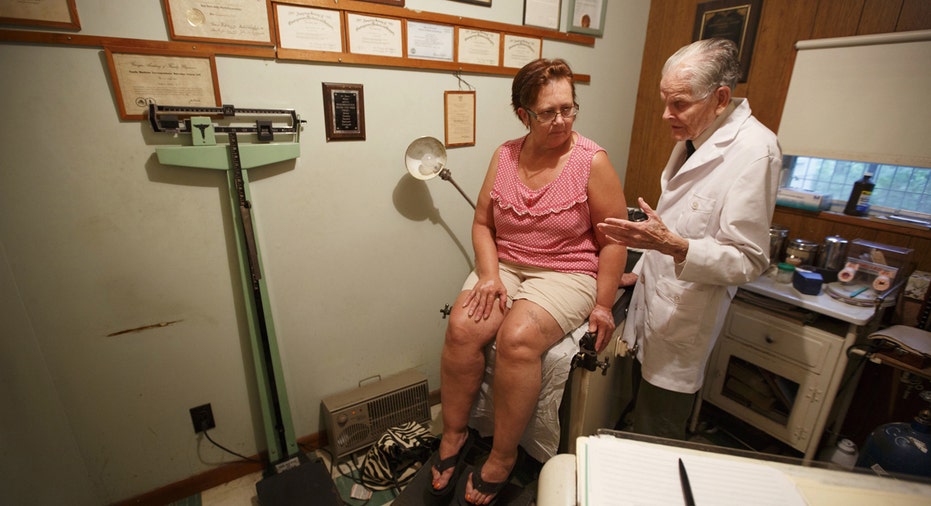Higher Health Care Costs Top Concern For 2016: Fidelity

2015 is turning out to be the year of the wake-up call. Americans are realizing that they better buckle down when it comes to saving for unexpected expenses such as medical costs. “People understand healthcare costs are rising,” said Lauren Brouhard, senior vice president, at Fidelity Investments during an interview with FOXBusiness.com.
Fidelity Investment’s Annual Study, now in its seventh year, reports that 62% cite “unexpected expenses” as the top concern going into 2016. “Healthcare costs in retirement” are right behind at 47%. On average, a couple aged 65 retiring this year, can expect to pay an estimated $245,000 on healthcare throughout retirement, up from $220,000 during the prior year, according to Fidelity’s Retirement Health Care Cost Estimate. As a result, 41% will now make saving for retiree healthcare costs a long-term goal.
Those concerns may be on the rise. Earlier this month United Healthcare (NYSE:UNH) CEO Stephen Hemsley, who oversees the nation’s largest health insurer, said the company may exit Obamacare by 2017. During an investor presentation, he said participating in the program’s health exchanges was “a bad decision.” His comments have put the future of Obamacare, also formerly known as the Affordable Care Act (ACA), in question.
It’s not just health care worrying Americans, the stock market volatility that rocked investors in late August, when the Dow Jones Industrial Average suffered an intra-day dip of 1,000+ points, also snapped many folks out of complacency. “Any level of uncertainty, it can cause some paralysis for some people,” said Brouhard who notes 37% now plan to make financial resolutions next year, compared to 31% in 2015. Fidelity oversees $5.2 trillion in total customer assets.
Source: Fidelity Investments’ New Year Financial Resolutions Study, 2015
As a result, their financial resolutions for 2016 will include saving more, spending less and paying down debt, according to the survey. The resolution to specifically tackle credit card debt hit an all-time high, more than doubling from the year-ago period.
Consumer credit, which measures most debt excluding mortgages, rose 5.5% or $16 billion in October according to data published on Monday by the Federal Reserve. That is slightly below September’s reading which reflected a 9.9% jump.
For some, the pullback is a sign consumers may already be reigning in their spending.



















